In some DC applications in an isolated system (i.e. no grounding), sometimes two fuses are used: one is positioned on the positive (Vcc) line while the other is located on the negative (return path or ground). What are the advantages of having two fuses (aside from redundancy)?
-
Check [Does it matter if a fuse is connected to the negative or positive terminal of a battery?](https://electronics.stackexchange.com/questions/445740/does-it-matter-if-a-fuse-is-connected-to-the-negative-or-positive-terminal-of-a/445835#445835) – Huisman Sep 19 '19 at 07:41
-
Sometimes the fuses are not the same. There may be a 10A fast blow fuse and a 5A slow blow fuse to supply a device that needs under 5A continuous but over 5A transient current but wires protected with the 10A fuse. – KalleMP Sep 22 '19 at 10:25
2 Answers
Where is the safety ground applied? In some utility battery systems the earth connection is applied in the middle of the stack. As such, if the positive bar develops a fault to ground the current will circulate only in the upper half of battery stack. Likewise, if a ground fault develops on the negative bar the current will only circulate in the lower half of the battery stack. As such, both positive and negative need fusing.
In this picture below the loads are connected between positive and negative buses (250V). When you picture a ground fault occuring on either bus you will see the path and need for fuses in both.
If your supply is truly ungrounded, you have the potential to develop a ground somewhere in the supply. In that case, it would be equivalent to what I describe above.
- 3,415
- 1
- 8
- 20
If there are two fuses, then the potential for faulting current exists which could come from another source. The second fuse protects the device against a large faulting current.
- 75,799
- 36
- 80
- 208
